Design & Technology
Curriculum aims and teaching objectives
Curriculum aims and teaching objectives
Technology Education aims at preparing students to be valuable human capital amidst the rapidly emerging technologies. It enables students to
- develop technological capability, understanding and awareness
- critically appraise the impacts of technology on the individual, family, society and environment
- become competent and confident members of the world of technology and the society at large.
The curriculum is designed to match students’ interests and intellectual development at different key stages:
- Key Stages 1 and 2: Awareness and Exploration
- Key Stage 3: Exploration, Experiencing and Familiarisation
- Key Stage 4 and beyond: Exploring Orientation for Life-long Learning and Specialisation
Curriculum
1) Curriculum Structure
Learning modules approach is adopted which thoroughly integrates the learning elements within the three knowledge contexts directly related to technological subjects and those common learning elements. The three knowledge contexts are as follows:
Knowledge context 1 Materials and structure
- (K3) Materials and resources
- (K4) Structures and mechanisms
Knowledge context 2 Operations and manufacturing
- (K5) Tools and equipment
- (K6) Production process
Knowledge context 3 Systems and control
- (K8) Concepts of System
- (K9) Applications of System
2) Curriculum
| Knowledge context | Learning Modules | Contents |
| Materials and structures | (K3) Materials and resources |
|
| (K4) Structures and mechanisms |
|
|
| Operations and manufacturing | (K5) Tools and equipment |
|
| (K6) Production process |
|
|
| Systems and control | (K8) Concepts of system |
|
| Knowledge context | Modules-Title | Learning elements |
| Materials and structures | K3-Materials and resources |
|
| K4-Structures and mechanism |
|
|
| Operations and manufacturing | K5-Tools and equipment |
|
| K6-Production process |
|
|
| Systems and control | K8-Concepts of System |
|
| Module-Title | Learning elements | |
| Materials and structures | K3–Materials and resources |
|
| K4–Structures and mechanism |
|
|
| Operations and manufacturing | K5–Tools and equipment |
|
| K6–Production process |
|
|
| Systems and control | E2–Material processing |
|
Assessment
Both "Formative assessment" and “Continuous assessment” are used to assess students’ progress and performance. Such assessments are suitable to facilitate students to learn more effectively.
Photos
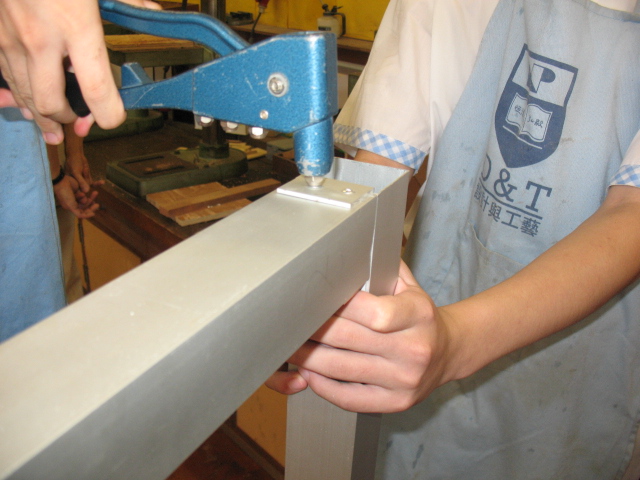 |
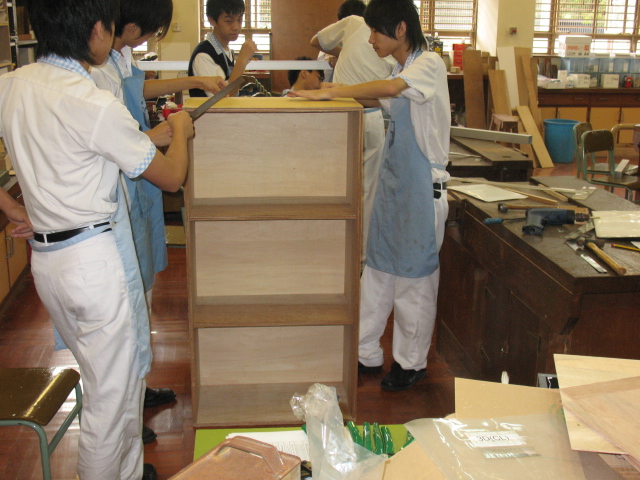 |
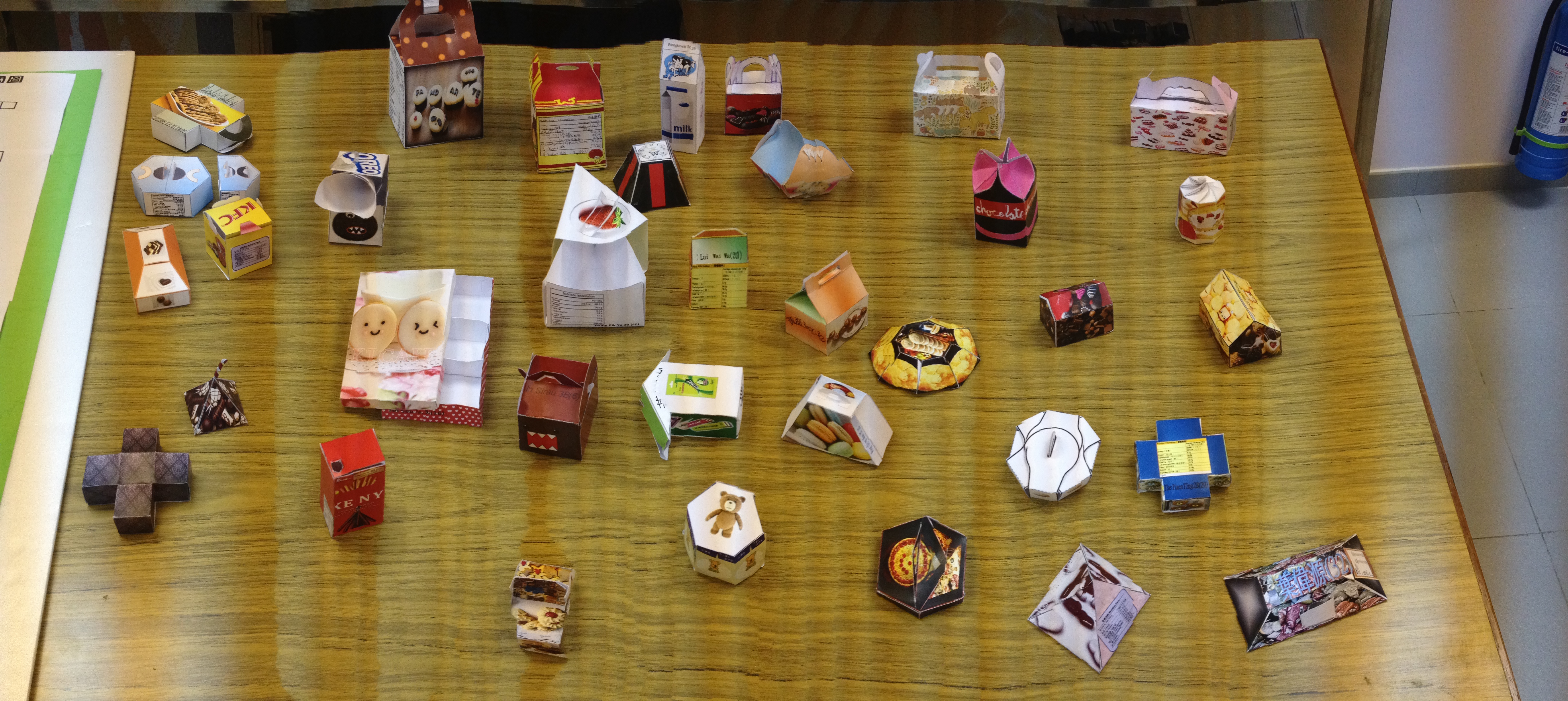 |
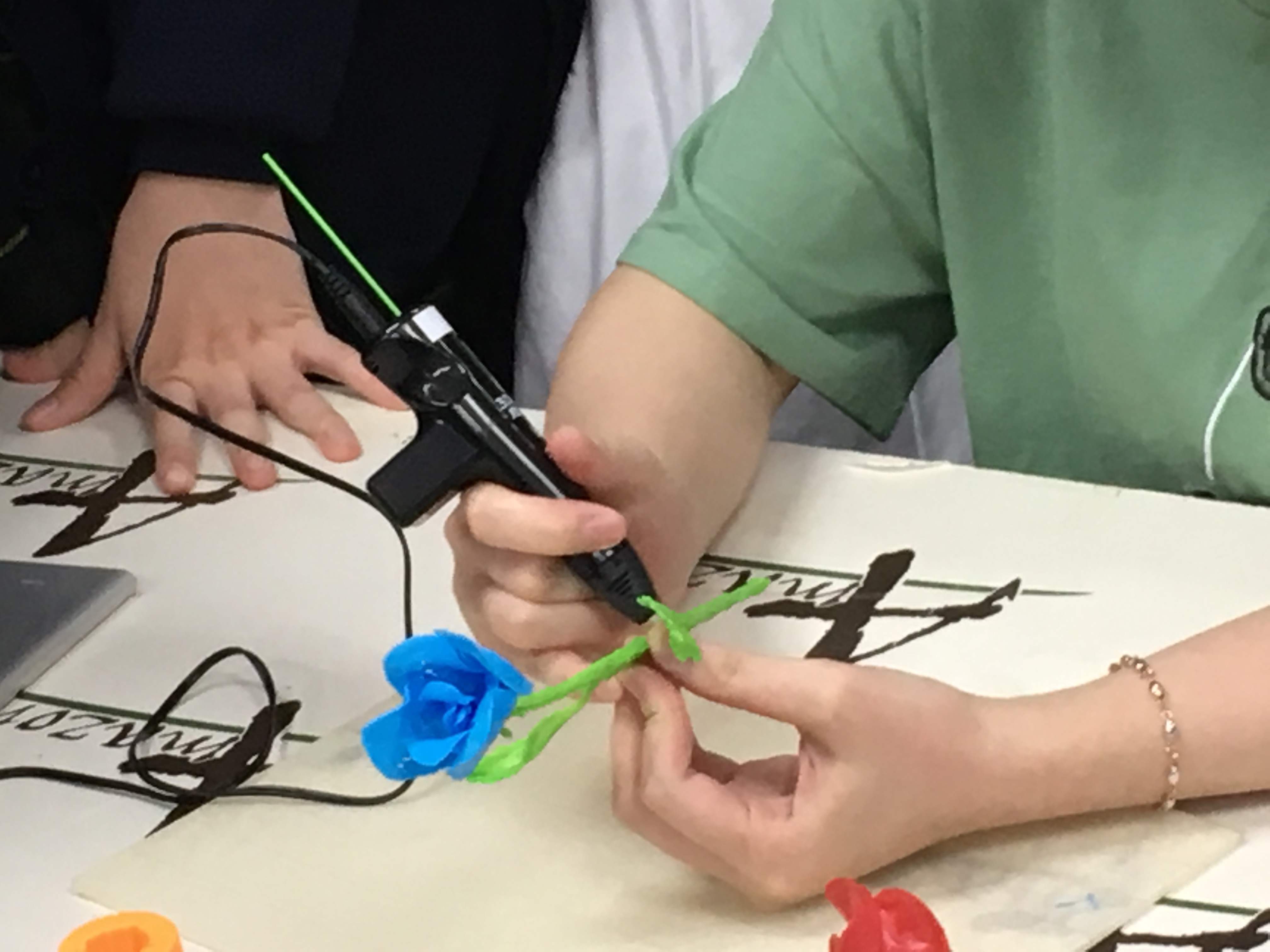 |
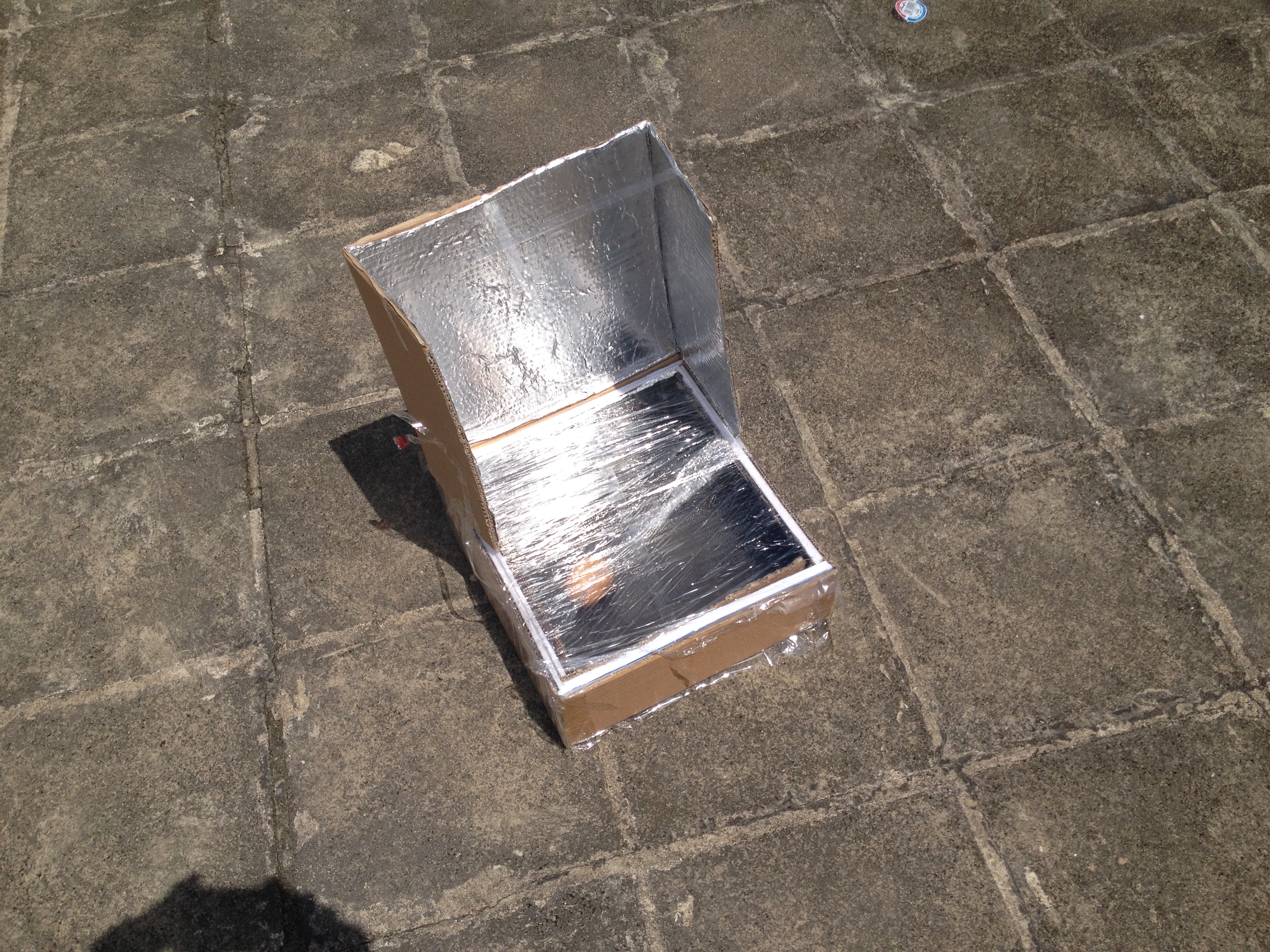 |
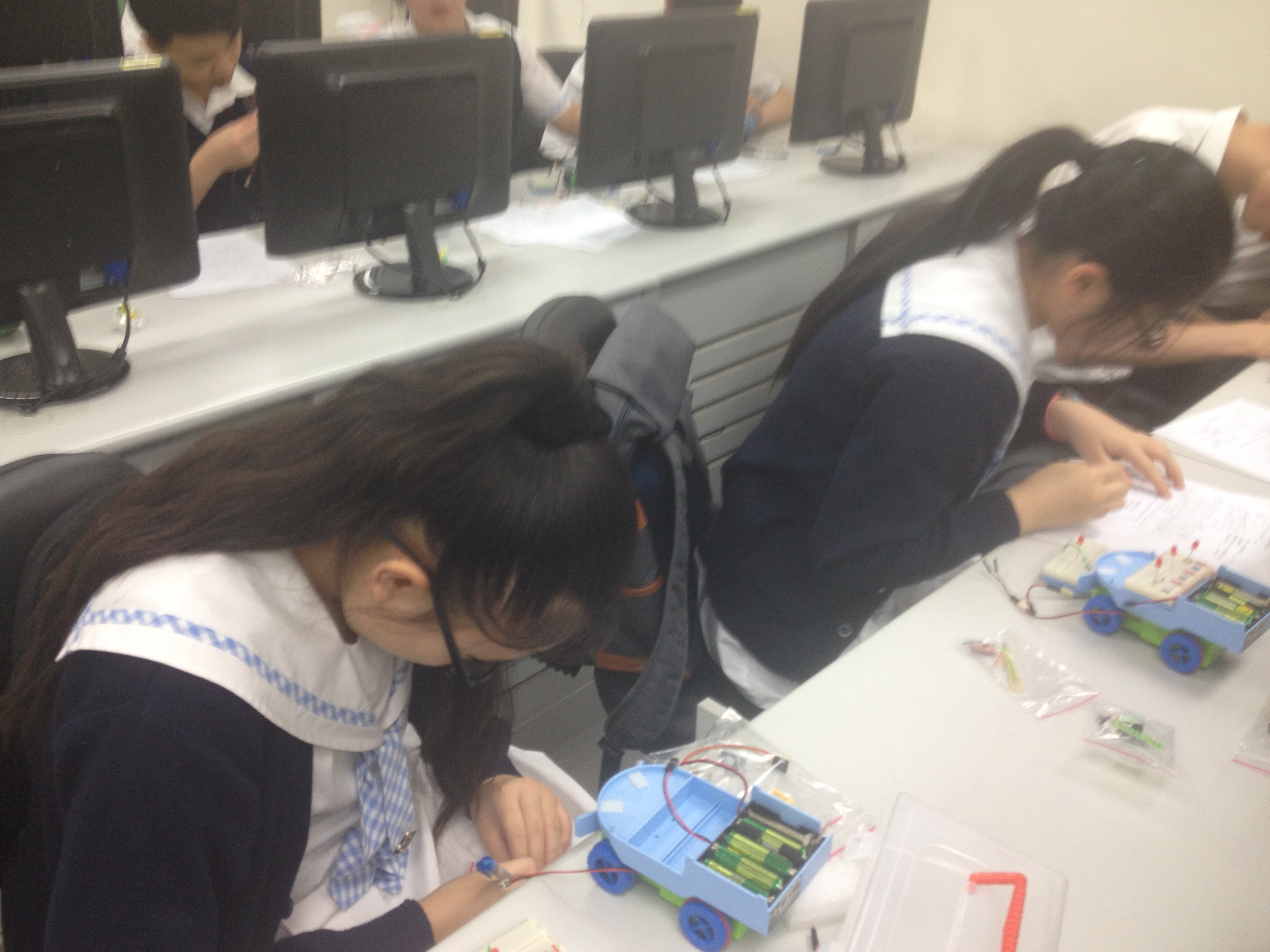 |
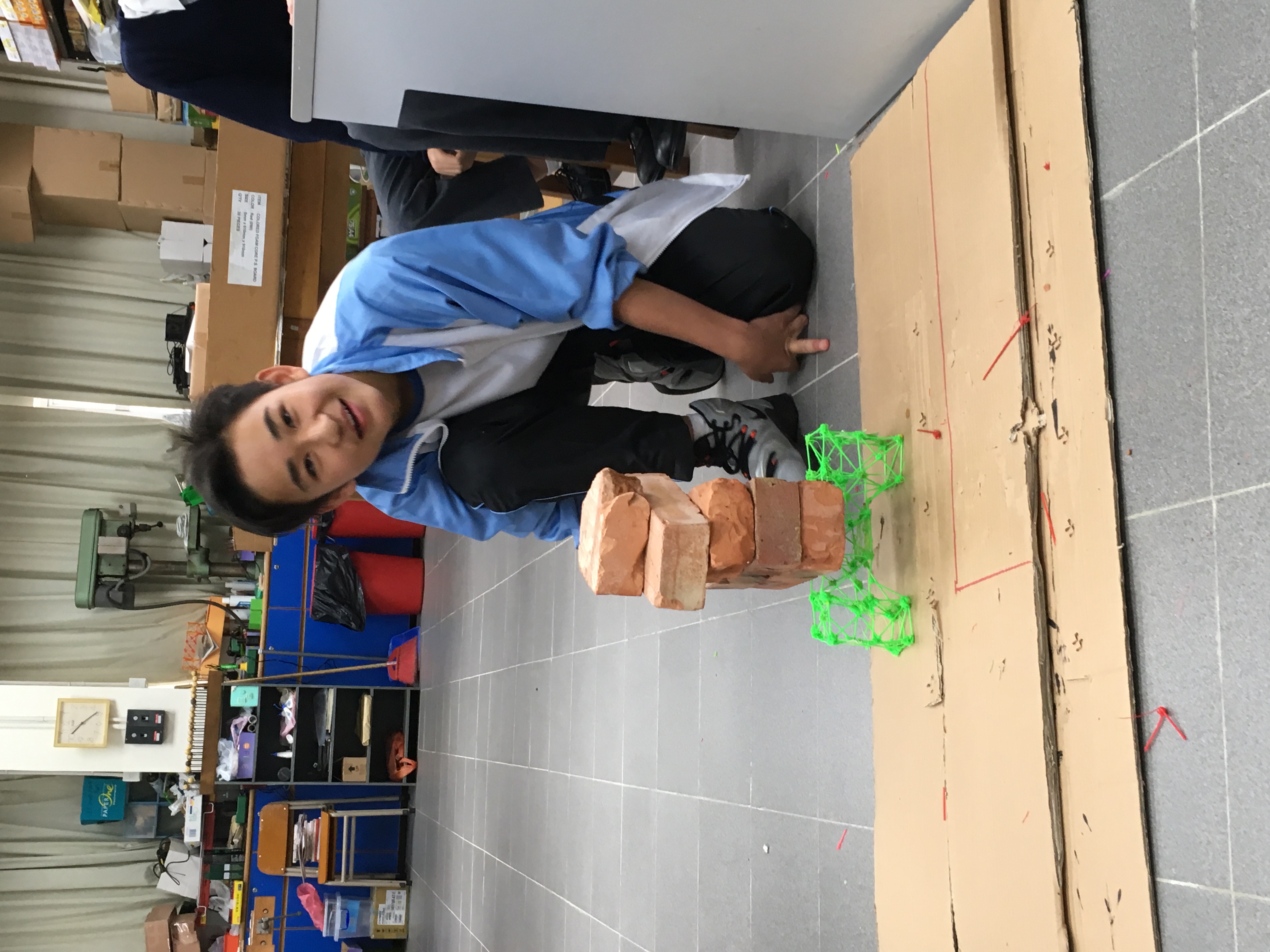 |